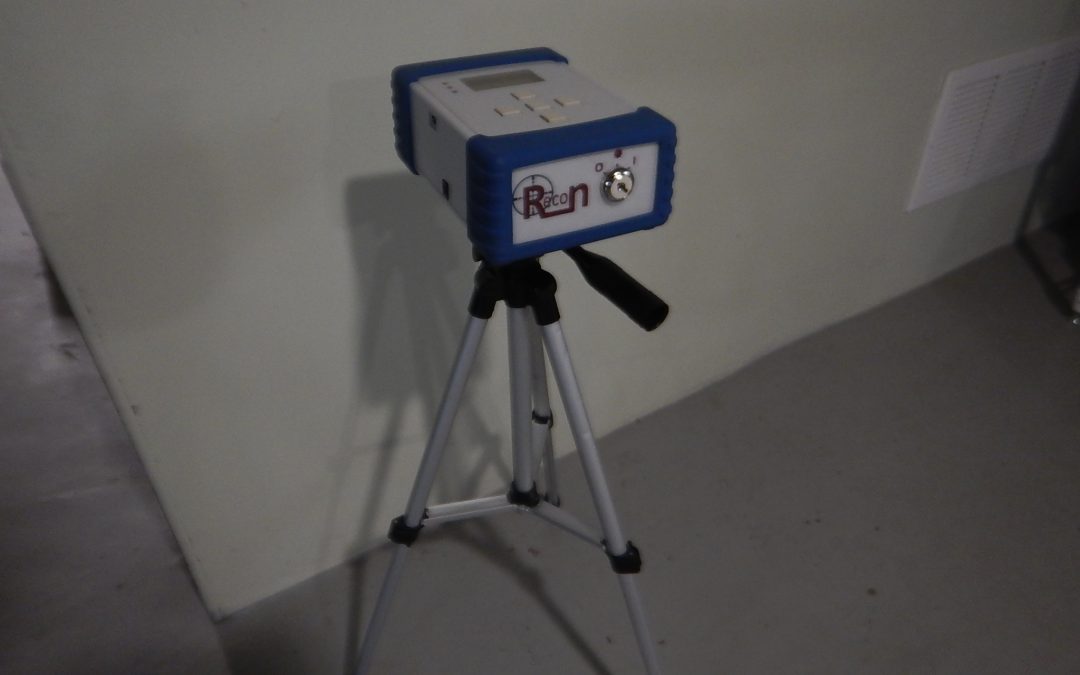When I first became an inspector, I wanted to be a one-stop shop. The first extra service I did was radon testing. It requires a separate license and equipment. The company that I worked for when I started paid for the licensing and supplied the equipment. They also offered wood destroying insect (termite) inspections. These don’t require a license in Illinois to perform. Then I learned that there is also mold testing, EIFS inspections, and more recently sewer scoping and chimney scanning. One challenge is that an inspection shouldn’t take too long. The general unwritten rule is 3 hours maximum for a typical 3 or 4 bedroom house.
Radon testing fits in well with an inspection because it doesn’t take a lot of extra time at the home. Most of the time that radon testing requires is organizing paperwork at the office, scheduling the appointment to set up or pick up the test, driving back 48 hours later to pick up the test, and compiling the report back at the office. To prevent any appearance of conflict of interest, mitigation can’t be done by the person who conducted the test.
Mold testing can be fairly quick, with setting up canisters for taking air samples. I’ve chosen not to do mold testing because if we find suspected mold at the inspection, I’d rather have a person put the money into addressing the issue versus spend it on the testing. There are specialists that can do the evaluation and then also do the remediation.
Sewer scoping takes about 20 minutes in the best case but can take much longer if anything goes wrong. Larger multi-inspector companies might have a separate person that just does scoping. I think these are best done by a plumber, who is experienced in using the camera and what to look for, and also carries spare cleanout caps in their truck. Since the sewer scope is shorter than the inspection, I encourage buyers to observe it. I can show them anything of importance later.
A chimney scan done by a home inspector may not be the same as a Level II chimney inspection that is done by a certified chimney sweep. Soot and creosote can hide cracks and other damage. A thorough inspection of a chimney should include cleaning it before sending the camera up. The chimney sweep would also be able to provide an estimate of cost for repair.
I’m happy to provide referrals for specialists for ancillary services. I don’t ask for referral fees and let the contractors and buyers work together directly.

